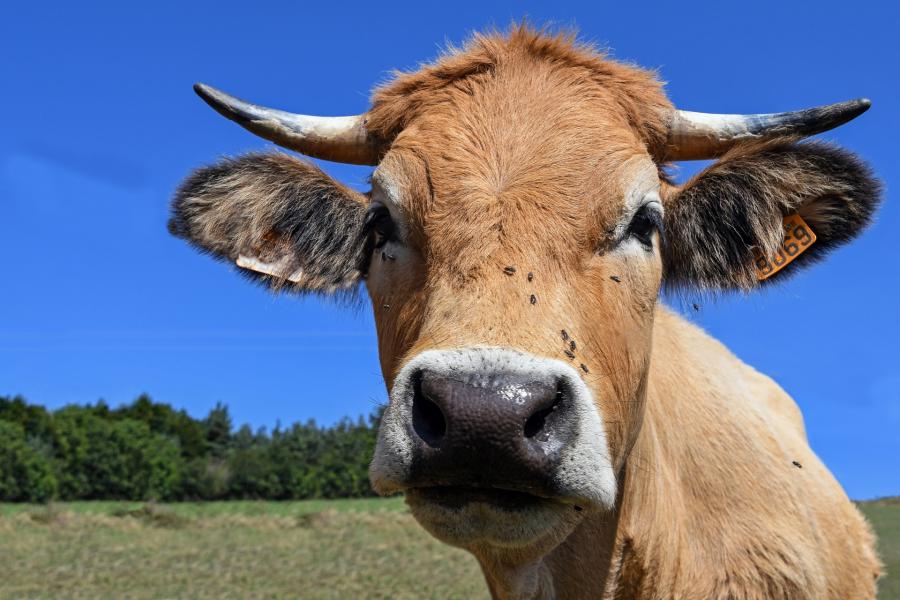Gombrowicz escaped from the natural world, and sentimental exaltations at sunset aroused his disdain. On the other hand, frogs, flies, beetles, cows, and dogs often appear as separate characters on the pages of his works (especially “Diary”). Most often, their presence signals some philosophical problem—of innocent and meaningless suffering, of man’s alienation in the natural world, etc. In my talk, I will recall Gombrowicz’s most important records of encounters with animals and consider the reasons why the writer describes, for example, an eye-to-eye encounter with a cow.
Łukasz Tischner is a literary scholar, essayist, Associate Professor, Head of the Department of the History of Polish Literature in the 20th Century (Faculty of Polish Studies, at the Jagiellonian University), editor-in-chief of Konteksty Kultury. He has published two books on Czesław Miłosz: Miłosz w krainie odczarowanej (“Miłosz in a Disenchanted Land”, 2011) and Miłosz and the Problem of Evil (Northwestern University Press, 2015), as well as one on Witold Gombrowicz - Gombrowicza milczenie o Bogu (“Gombrowicz’s Silence on God”, 2013). He is a co-author and a co-editor of Literatura a religia – wyzwania epoki świeckiej (“Literature and Religion – The Challenges of a Secular Age”, two volumes, 2020). He specializes in the history of 20th-century Polish literature and the relationships between literature and philosophy/religion.
Presented by the Department of Slavic Languages and Literatures, with the generous support of the Maria Kuncewicz Fund for the Study of Polish Literature

